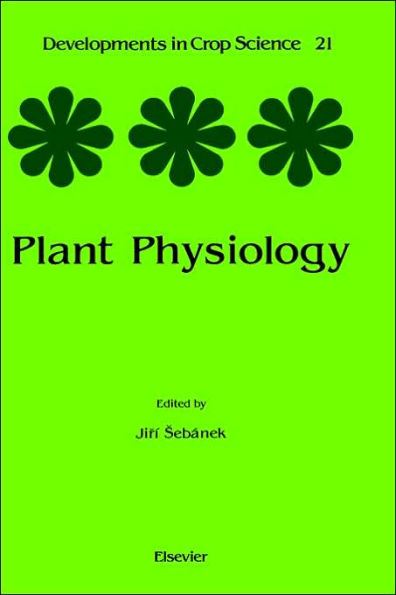5
1
9780444986993


Plant Physiology available in Hardcover

Plant Physiology
- ISBN-10:
- 0444986995
- ISBN-13:
- 9780444986993
- Pub. Date:
- 02/18/1992
- Publisher:
- Elsevier Science
- ISBN-10:
- 0444986995
- ISBN-13:
- 9780444986993
- Pub. Date:
- 02/18/1992
- Publisher:
- Elsevier Science
410.0
In Stock

Product Details
| ISBN-13: | 9780444986993 |
|---|---|
| Publisher: | Elsevier Science |
| Publication date: | 02/18/1992 |
| Series: | Developments in Crop Science , #21 |
| Pages: | 456 |
| Product dimensions: | 1.06(w) x 6.14(h) x 9.21(d) |
From the B&N Reads Blog
